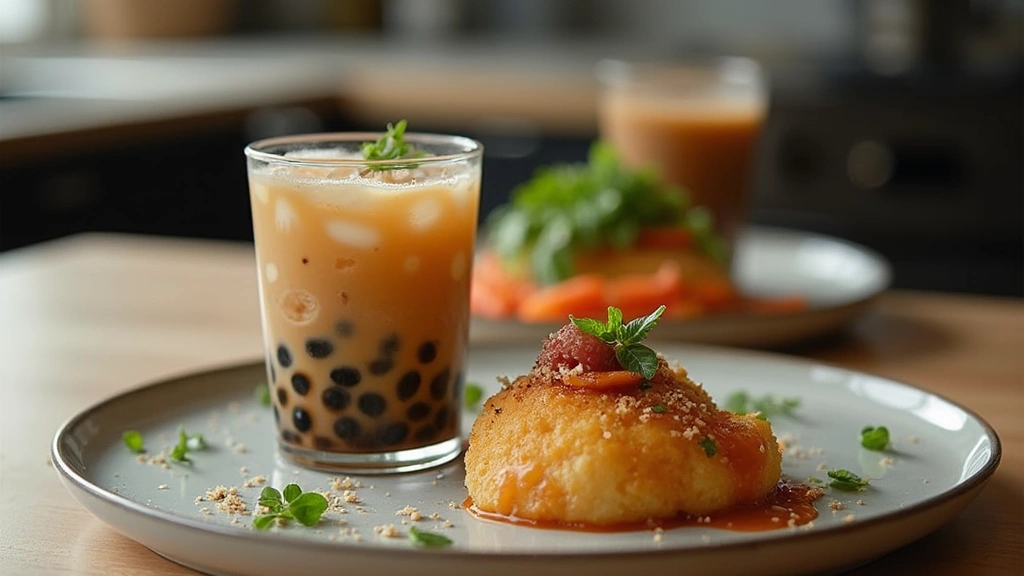I discovered the intriguing world of bubble tea during a summer trip to Taiwan, where the drink’s unique combination of textures and flavors instantly captivated me.
The harmonious blend of sweet, creamy milk tea and chewy tapioca pearls creates a delightful experience that has won over fans worldwide.
Bubble tea offers endless variations, from fruit-infused teas to rich, decadent milk-based versions, making it a versatile treat for any season.
Whether you’re a long-time fan or a curious newcomer, exploring the nuances of bubble tea can be both fun and rewarding.
In this article, we explore whether Starbucks, the global coffee giant, has embraced this beloved beverage.
Join us as we delve into the world of Starbucks and bubble tea, uncovering the truth behind the rumors.
The History and Cultural Significance
• Bubble tea traces its origins to Taiwan in the 1980s, where it was originally created by mixing sweet milk tea with chewy tapioca pearls.
• The drink evolved over decades as various flavors and toppings were introduced, eventually becoming the beloved version we know today.
• In Taiwanese culture, bubble tea traditionally appears at social gatherings and is a symbol of innovation and creativity in modern culinary trends.
• While many variations exist across different regions, the authentic version maintains a balanced sweetness and the unique texture of boba pearls that sets it apart from imitations.
Recipe Overview
Nutritional Information (per serving)
Essential Equipment Guide
Tea Infuser: A tea infuser is essential for steeping loose tea leaves to achieve a rich and robust flavor. Alternatives like tea bags can be used, but they may not offer the same depth of flavor. Look for an infuser with fine mesh to prevent tea leaves from escaping.
Shaker: A cocktail shaker or a large jar with a tight lid is important for mixing the tea and milk thoroughly, ensuring a smooth and creamy texture. A jar can serve as a substitute, but a shaker provides better control over the mixing process.
Wide Straw: A wide straw is crucial for enjoying the tapioca pearls along with the tea. While a regular straw can work, it may not allow the pearls to pass through easily. Choose a straw with a diameter of at least 12mm for the best experience.
Ingredients
For the Tea
|
|
| Amount | Ingredient | Notes |
|---|---|---|
| 2 tablespoons | loose black tea leaves | provides a strong base flavor |
| 1 cup | water | boiled for steeping |
Tapioca Pearls
| Amount | Ingredient | Notes |
|---|---|---|
| 1/2 cup | tapioca pearls | cooked until chewy |
Sweetener
| Amount | Ingredient | Notes |
|---|---|---|
| 2 tablespoons | sugar | dissolved for sweetness |
Creamer
| Amount | Ingredient | Notes |
|---|---|---|
| 1/2 cup | milk or cream | adds creaminess and richness |
Flavoring
| Amount | Ingredient | Notes |
|---|---|---|
| 1 teaspoon | vanilla extract | optional, for added depth of flavor |
Preparation Methods
Steeping Tea: Steeping involves soaking the tea leaves in hot water to extract flavors. It's crucial for developing the tea's rich taste. Use water just off the boil and steep for 3-5 minutes, depending on desired strength.
Cooking Tapioca Pearls: Tapioca pearls are boiled until they become translucent and chewy. It's important to stir occasionally to prevent sticking. Test a pearl for doneness by biting into it; it should be soft with a slight chew.
Mixing and Shaking: Mixing the tea with milk and sugar in a shaker ensures a smooth and frothy blend. Shake vigorously for about 20 seconds. This step helps incorporate air, creating a silky texture.
Step 1: Prepare Ingredients
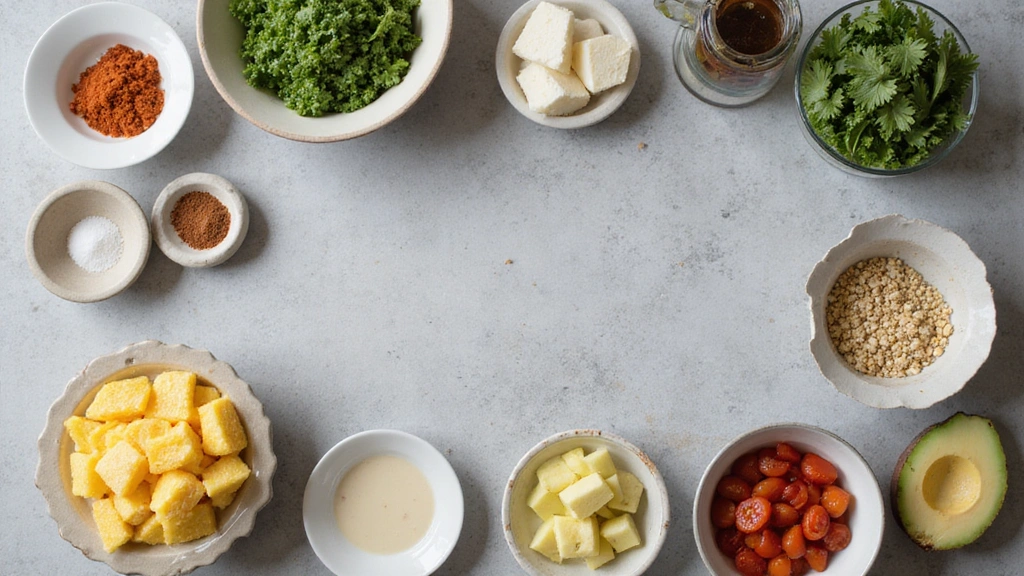
Gather all ingredients and equipment.
Measure out the tea leaves, tapioca pearls, sugar, and milk.
Ensure the water is boiled and ready for steeping.
Prepare a pot for cooking the tapioca pearls.
Step 2: Steep the Tea
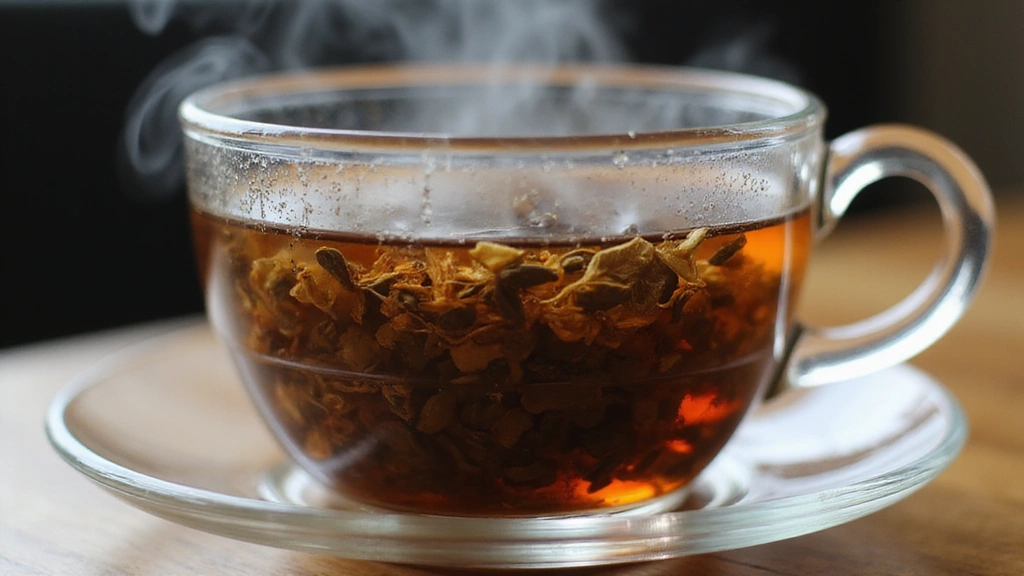
Place the tea leaves in the infuser.
Pour boiled water over the tea and cover.
Allow the tea to steep for 3-5 minutes.
Strain the tea into a large cup or jug.
Step 3: Cook the Tapioca Pearls

Bring a pot of water to a rolling boil.
Add the tapioca pearls to the boiling water.
Stir occasionally and cook until pearls are translucent and chewy.
Drain and rinse the pearls under cold water.
Step 4: Sweeten the Tea
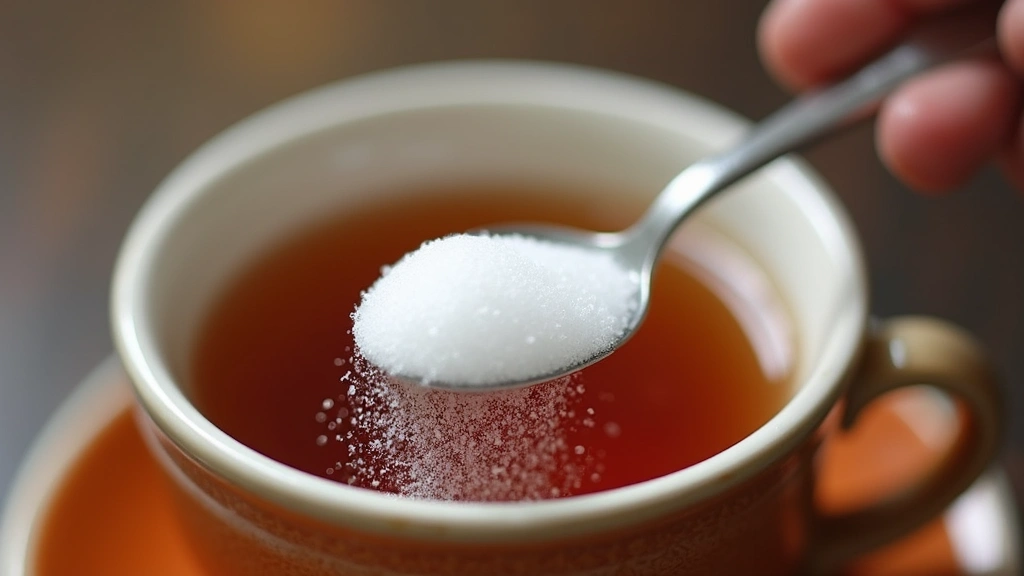
Add sugar to the steeped tea while it is still warm.
Stir until the sugar is completely dissolved.
Taste and adjust sweetness if necessary.
Set aside to cool slightly.
Step 5: Mix the Bubble Tea
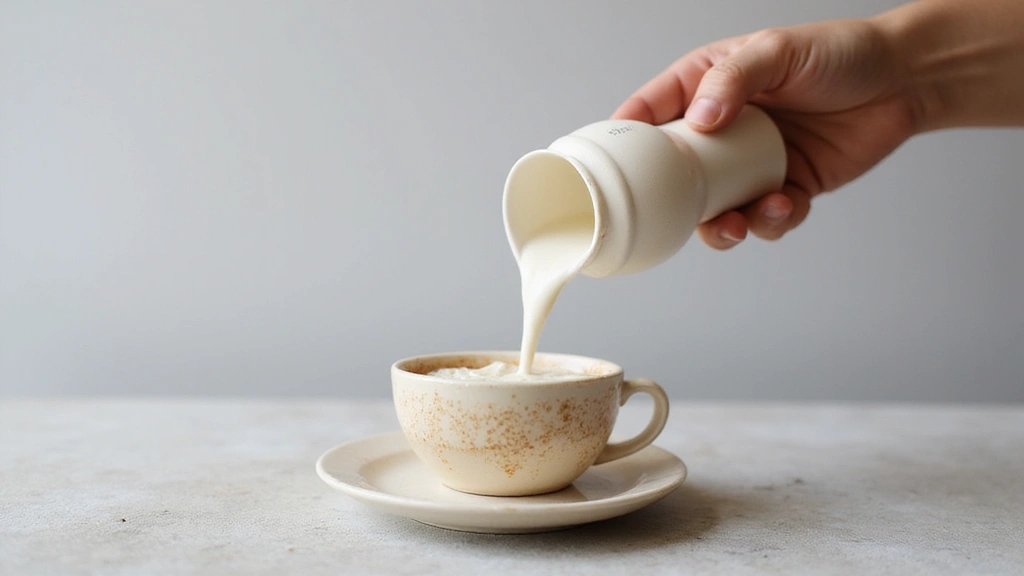
Pour the sweetened tea into a shaker.
Add the milk or cream and vanilla extract.
Seal the shaker and shake vigorously for 20 seconds.
Ensure the mixture is frothy and well combined.
Step 6: Assemble the Drink
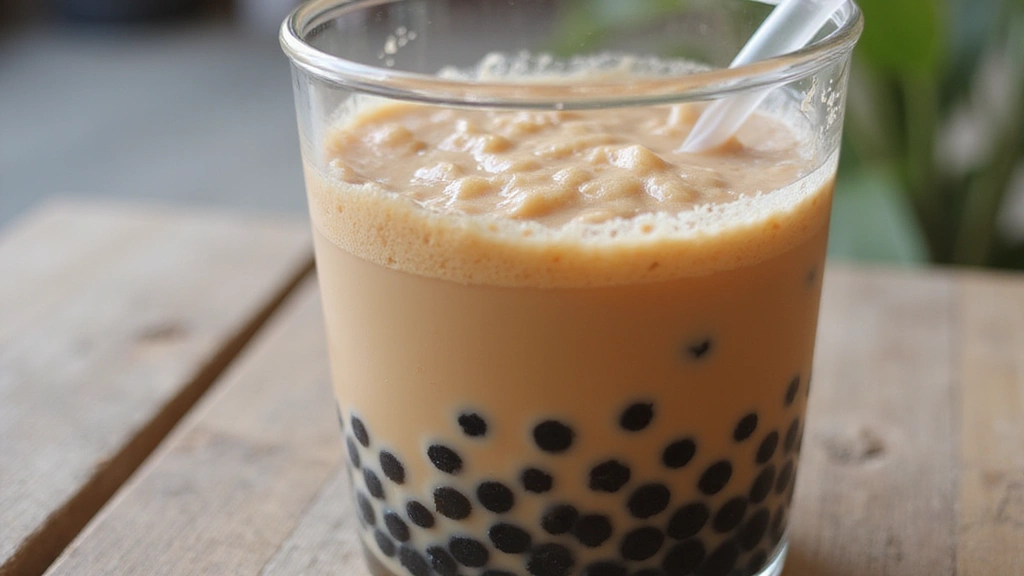
Place a few spoonfuls of tapioca pearls into a glass.
Pour the mixed tea over the pearls.
Leave some space at the top of the glass for ice if desired.
Insert a wide straw and serve immediately.
Step 7: Add Ice (Optional)
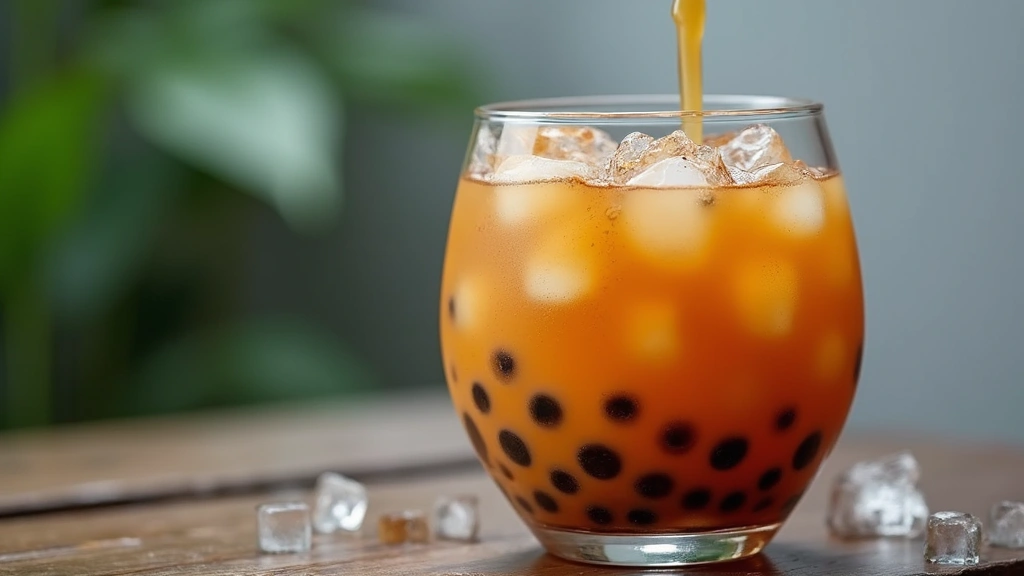
Fill the glass with ice cubes if a chilled drink is preferred.
Ensure the ice is fresh and clean.
Stir the drink gently to distribute the ice evenly.
Enjoy the refreshing bubble tea.
Step 8: Garnish and Serve
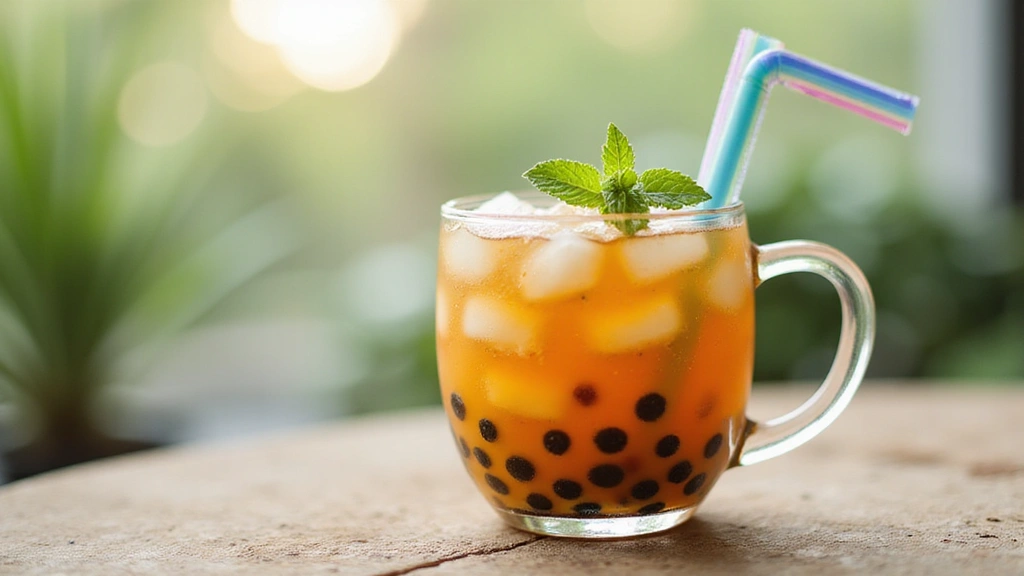
Add a sprig of mint or a slice of fruit for garnish.
Use a colorful straw for visual appeal.
Serve immediately to enjoy the flavors at their peak.
Share and enjoy with friends or family.
Critical Timing and Temperature Guide
Steeping Tea: Steep for 3-5 minutes at 90-95°C. Over-steeping can cause bitterness, so monitor closely.
Cooking Tapioca Pearls: Boil for 10-15 minutes. Pearls should be translucent and chewy; undercooked pearls will be hard in the center.
Mixing and Shaking: Shake for 20 seconds at room temperature. Insufficient shaking may result in uneven flavor distribution.
Pro Tips for Does Starbucks Have
• Ingredient Selection: Choose high-quality loose tea leaves and fresh tapioca pearls for the best flavor and texture.
• Preparation Secret: Slightly chilling the tea before mixing can enhance the creamy texture of the final drink.
• Temperature Management: Use room temperature milk or cream to prevent curdling when mixed with warm tea.
• Texture Enhancement: Allow cooked tapioca pearls to sit in sugar syrup briefly to enhance their flavor and chewiness.
• Flavor Layering: Use real vanilla extract for depth and complexity, avoiding artificial flavors.
• Make-Ahead Strategies: Cook tapioca pearls in advance and store them in syrup to maintain texture for up to 24 hours.
• Restaurant-Quality Finishing Touches: Garnish with fresh fruit or herbs for an elevated presentation.
• Equipment Optimization: Use a high-quality shaker to achieve a smooth and evenly mixed drink.
Troubleshooting Common Issues
• Tea Too Bitter: Over-steeped tea can become bitter. Steep for the correct time and temperature to prevent this.
• Pearls Too Hard: Hard pearls indicate undercooking. Ensure pearls are boiled until fully translucent.
• Drink Too Sweet: Adjust sugar levels to taste by starting with less and adding more as needed.
• Curdled Milk: Using cold milk in hot tea can cause curdling. Ensure milk is at room temperature before mixing.
• Pearls Sticking Together: Rinse cooked pearls under cold water to prevent them from sticking.
• Uneven Flavor: Shake the tea mixture well to ensure even distribution of flavors.
Variations and Regional Differences
• Taiwanese Classic: The traditional version uses black tea and honey for sweetness, with a focus on the balance of flavors and textures.
• Fruit-Infused Styles: Incorporate fresh fruit juices or syrups for a refreshing twist, popular in summer months.
• Matcha Bubble Tea: Uses matcha green tea for a different flavor profile, often paired with almond or soy milk for a nutty taste.
• Coffee Bubble Tea: Combines brewed coffee with tapioca pearls, catering to coffee lovers seeking a caffeinated option.
Food Science Behind the Recipe
• Gelatinization of Tapioca: The cooking process transforms the starches in tapioca into a gelatinous form, giving pearls their signature chewiness.
• Emulsification in Shaking: Shaking creates an emulsion between the tea, sugar, and milk, resulting in a creamy, smooth drink.
• Flavor Extraction During Steeping: Proper steeping temperature and time ensure maximum flavor extraction without bitterness.
Frequently Asked Questions
What's the most common mistake people make when preparing bubble tea? Overcooking the tapioca pearls, leading to a mushy texture.
Can I use any type of tea for bubble tea? Yes, though black tea is traditional, you can experiment with green, oolong, or herbal teas.
How do I store leftover tapioca pearls? Store cooked pearls in sugar syrup at room temperature for up to 24 hours.
Is it necessary to use a shaker for mixing? While not essential, a shaker helps achieve a smooth and creamy texture.
Can I make bubble tea without sugar? Yes, though it will alter the flavor profile. Consider using alternative sweeteners if desired.
Why are my tapioca pearls sticking together? They may not have been rinsed properly after cooking. Ensure they are rinsed under cold water.
What type of milk works best for bubble tea? Whole milk or cream provides richness, but non-dairy alternatives like almond or coconut milk can be used.
Serving and Presentation Guide
• Traditional Presentation: Serve in a tall glass with a wide straw, garnished with a mint sprig or fruit slice.
• Modern Twist: Use mason jars for a rustic look and add colorful tapioca pearls for visual appeal.
• Party-Ready: Serve in small cups with mini straws for a fun, shareable treat at gatherings.
• Elegant Touch: Use a clear glass teapot to showcase the layers and colors of the drink.
Conclusion
Exploring the world of bubble tea can be a delightful culinary adventure.
While Starbucks may not offer this unique beverage, making your own at home can be a rewarding experience.
With the right ingredients and techniques, you can create a bubble tea that rivals even the best cafes.
So why not try your hand at this delicious drink today and impress your friends with your newfound skills?

